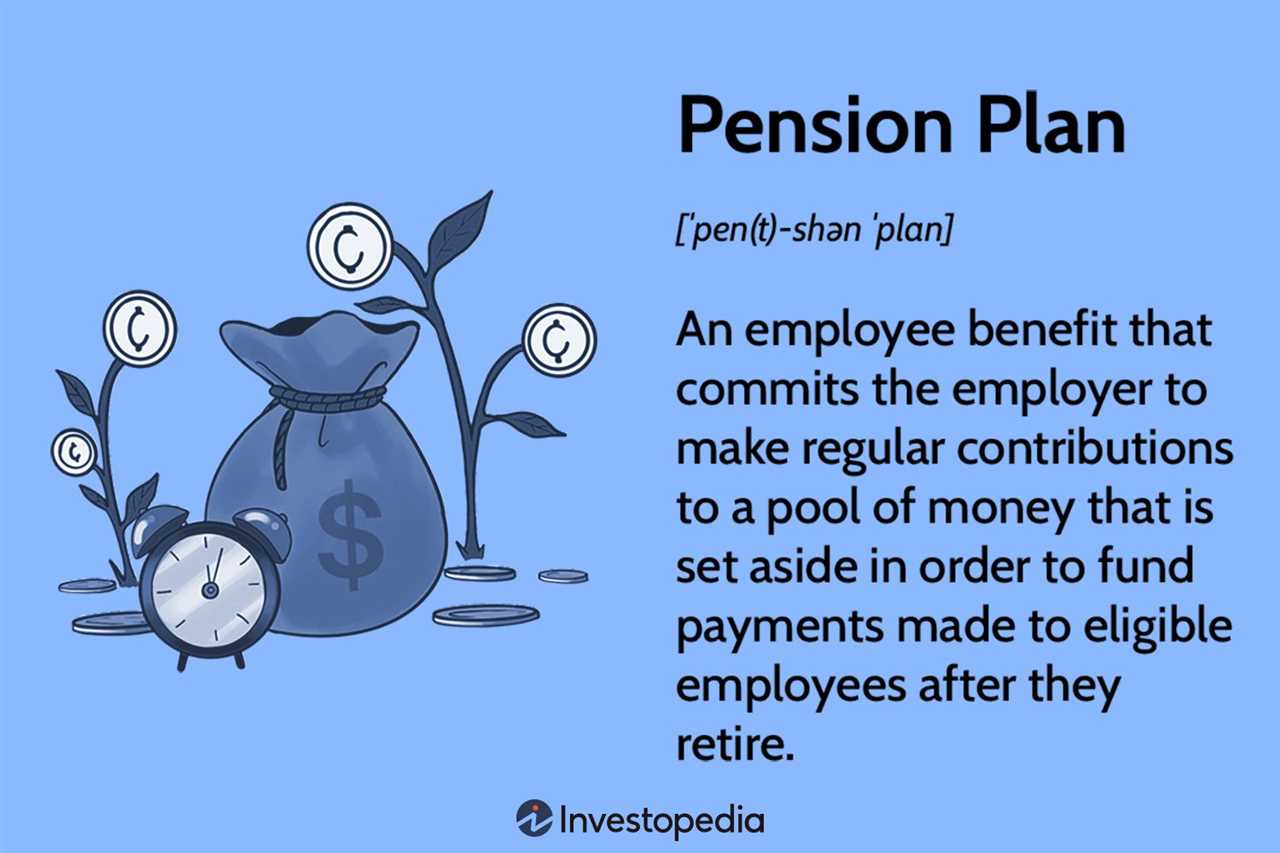Employee Retirement Income Security Act (ERISA) History
The Employee Retirement Income Security Act (ERISA) was enacted in 1974 in the United States. It was signed into law by President Gerald Ford in response to concerns about the security of employee retirement benefits.
Prior to the passage of ERISA, there was no comprehensive federal legislation governing employee retirement plans. This led to a lack of uniformity and protection for employees, as well as potential abuses by employers and plan administrators.
ERISA was designed to address these issues by establishing minimum standards for retirement plans and providing oversight and regulation of plan administrators. It aimed to protect the interests of employees and their beneficiaries by ensuring the financial stability and integrity of retirement plans.
The law applies to most private-sector retirement plans, including defined benefit plans, defined contribution plans, and employee stock ownership plans (ESOPs). It sets forth requirements for plan reporting and disclosure, fiduciary responsibilities, and vesting and funding standards.
ERISA also created the Pension Benefit Guaranty Corporation (PBGC), a federal agency that provides insurance for certain defined benefit pension plans. The PBGC helps to protect the retirement benefits of workers and retirees in the event that their employer’s pension plan becomes insolvent.
Over the years, ERISA has been amended and expanded to address emerging issues and challenges in the retirement plan landscape. These amendments have included provisions to improve participant access to information, increase transparency, and enhance the accountability of plan fiduciaries.
Overall, ERISA has played a crucial role in safeguarding the retirement savings of millions of American workers. It has provided a framework for the regulation and oversight of employee retirement plans, ensuring that employees have access to secure and reliable retirement benefits.
Key Milestones of the Employee Retirement Income Security Act (ERISA)
The Employee Retirement Income Security Act (ERISA) has undergone several key milestones since its enactment in 1974. These milestones have shaped the landscape of retirement savings and employee benefits in the United States. Here are some of the significant milestones in the history of ERISA:
1. Establishment of Minimum Standards
ERISA established minimum standards for retirement plans, such as defined benefit pension plans and defined contribution plans like 401(k)s. These standards ensure that employees receive the promised benefits and protect them from mismanagement or fraud by plan administrators.
2. Creation of the Pension Benefit Guaranty Corporation (PBGC)

ERISA created the PBGC, a federal agency that protects the retirement benefits of workers in private-sector defined benefit pension plans. The PBGC provides insurance to ensure that workers receive their pension benefits even if their employer’s pension plan fails.
3. Fiduciary Responsibilities and Prohibited Transactions
ERISA established fiduciary responsibilities for plan administrators and trustees, requiring them to act in the best interests of plan participants. It also prohibited certain transactions that could harm the plan, such as self-dealing by fiduciaries.
4. Vesting and Portability

ERISA introduced rules regarding vesting and portability of retirement benefits. Vesting ensures that employees have a non-forfeitable right to their accrued benefits after a certain period of service. Portability allows employees to transfer their retirement benefits when changing jobs.
5. Reporting and Disclosure Requirements
ERISA established reporting and disclosure requirements for retirement plans. Plan administrators must provide participants with information about the plan’s features, funding status, and investment options. This ensures transparency and empowers employees to make informed decisions about their retirement savings.
6. Expansion of Coverage
These key milestones in the history of ERISA have had a significant impact on retirement savings and employee benefits in the United States. They have helped protect the rights of employees, ensure the security of their retirement benefits, and promote transparency and accountability in the administration of retirement plans.
Impact and Benefits
The Employee Retirement Income Security Act (ERISA) has had a significant impact on retirement savings in the United States since its enactment in 1974. The legislation was designed to protect the interests of employees and ensure the financial stability of their retirement plans. Here are some of the key benefits and impacts of ERISA:
1. Protection for Employees
ERISA provides important protections for employees by establishing minimum standards for retirement plans. It requires employers to provide employees with information about their retirement plans, including details about plan features, funding, and potential risks. This helps employees make informed decisions about their retirement savings and ensures that they have access to the necessary information to plan for their future.
2. Fiduciary Responsibility
ERISA imposes fiduciary responsibilities on those who manage and control retirement plans. Fiduciaries are required to act in the best interests of plan participants and beneficiaries, ensuring that the plan is operated prudently and solely for the purpose of providing benefits to participants. This helps protect employees from mismanagement or misuse of their retirement funds.
3. Vesting and Portability

ERISA also introduced vesting and portability requirements for retirement plans. Vesting ensures that employees have a non-forfeitable right to their accrued benefits after a certain period of service. This means that even if an employee leaves their job before retirement, they are still entitled to a portion of their retirement benefits. Portability provisions allow employees to transfer their retirement savings from one employer’s plan to another, ensuring that they can continue to build their retirement savings even if they change jobs.
4. Pension Benefit Guaranty Corporation (PBGC)

Emily Bibb simplifies finance through bestselling books and articles, bridging complex concepts for everyday understanding. Engaging audiences via social media, she shares insights for financial success. Active in seminars and philanthropy, Bibb aims to create a more financially informed society, driven by her passion for empowering others.
